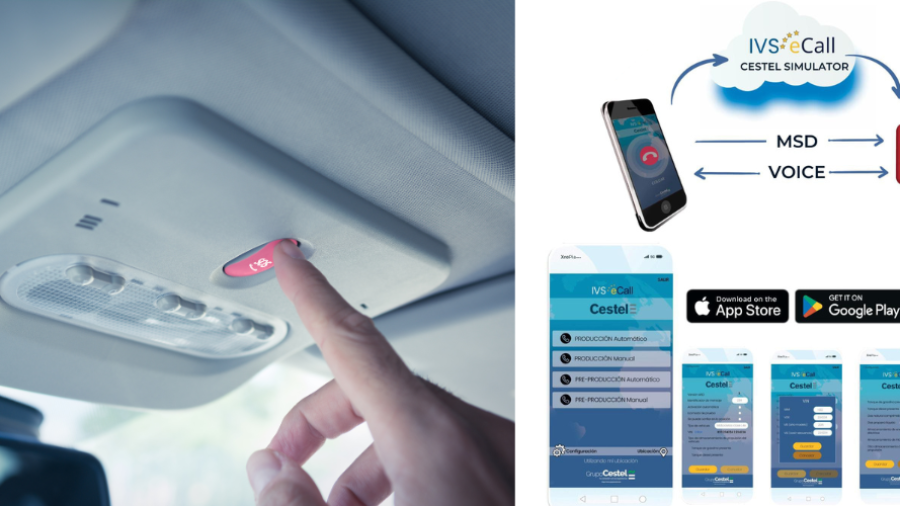This blog post presents how Sweden’s SOS Alarm has replaced manual, repetitive tasks in the emergency dispatch process with automation to save lives.
Getting started with AI in public safety: A guide for Public Safety Answering Points
This blogpost by offers a practical guide for Public Safety Answering Points on how to begin adopting AI, from call transcription and translation to predictive analytics and triage, highlighting both the opportunities to improve efficiency and save lives, and the need for careful planning, data security, and staff training.
Emergency communications over LTE and IMS: Unresolved issues and risks
This blogpost provides a summary of the most important issues EENA members have reported on LTE and IMS.
Prepare your PSAP for NG eCall with Cestel’s NextGen eCall decoder and NextGen IVS eCall Simulator
In this blog post, Cestel presents how their NG eCall decoder and NextGen IVS eCall Simulator can benefit PSAPs.
Upcoming changes in cybersecurity environment for PSAPs
This blog post covers what the new cybersecurity requirements established by the EU’s new directive (NIS 2). The post explains the improvements to the previous directive, the benefits to PSAPs and the time it takes for the Directive to come into effect.
Is 112 a valid emergency number in America?
This blog post explores the complexity of emergency numbers across different regions and how emergency calls are recognised and prioritised. The article also delves into how mobile devices and networks handle emergency calls using various technical standards and how they ensure the correct routing and priority for these critical communications, especially when users are roaming internationally.
The Digitalisation of Emergency Services: A Journey to Efficiency and Safety
This blog will explore how best to understand digitalisation, the role it can play in Public Safety Answering Points (PSAPs) and emergency services, and how best to exploit its potential.
The Road to VoLTE Emergency Calling: Addressing the Opportunities and Challenges
The commercial and regulatory drive to roll out 4G/5G networks is generally welcomed by all stakeholders. Mobile Network Operators (MNOs) can increase network capacity by refarming valuable spectrum from “legacy” 2G and 3G network services to facilitate the provision of more enhanced services to their customers while regulators and authorities will be pleased to see faster speeds, better connectivity, and more enhanced and flexible communication services available to the public.
New Technologies, New Opportunities: Improving Accessibility in Emergency Communications
This blog considers the role of PEMEA in light of new accessibility requirements clarified by the recently adopted delegated regulation supplementing the European Electronic Communications Code.
The Work of 112 Georgia and Implemented Activities During the COVID-19 Pandemic
The Public Safety Command Centre “112” of the Ministry of Internal Affairs of Georgia was actively involved in the process of managing the COVID-19 pandemic from the very beginning; and has been working continuously in emergency mode to provide timely and highly qualified services to every citizen.









